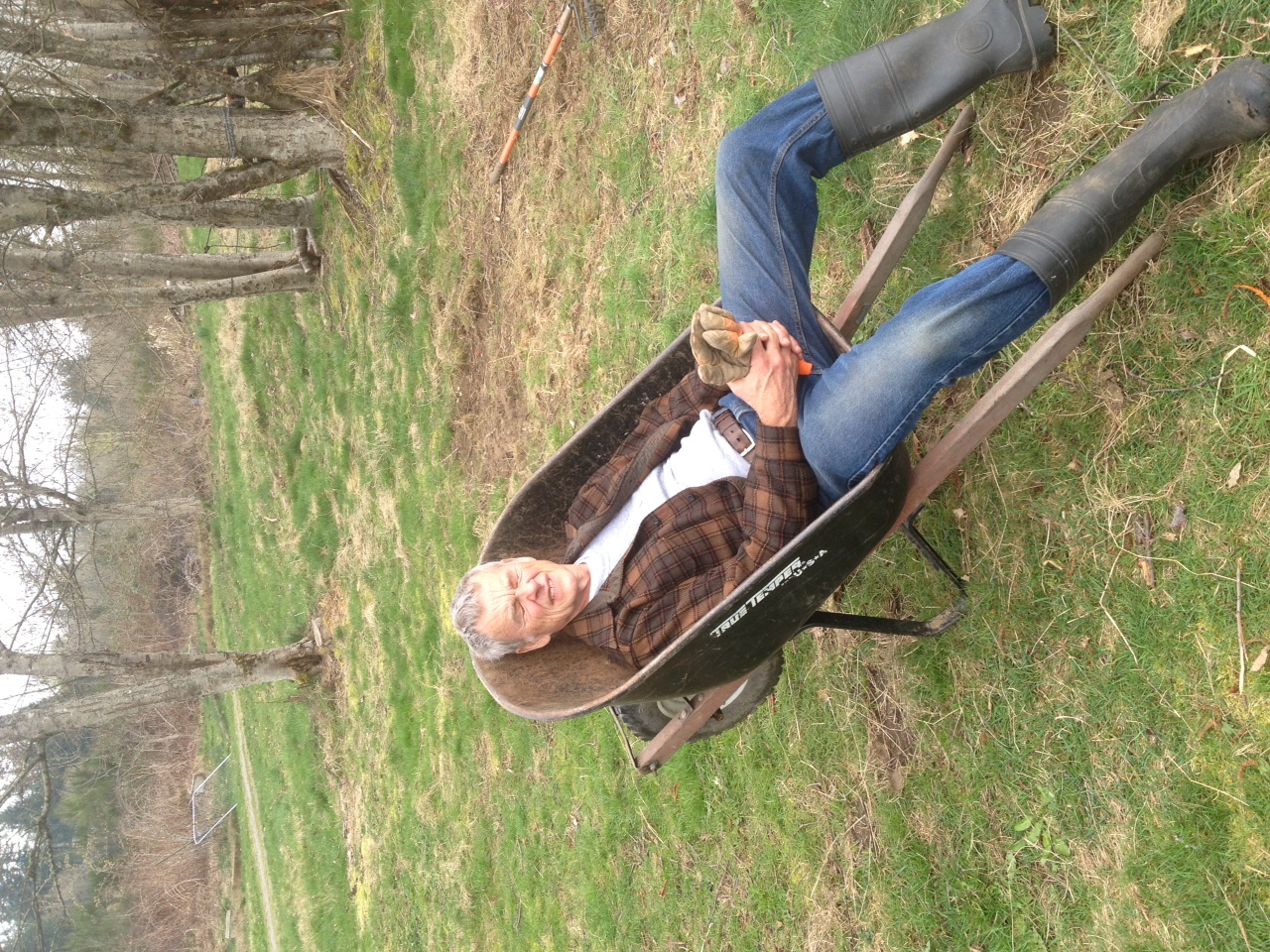Swallows
- Ken Campbell

- Jul 8, 2022
- 4 min read
Updated: Jul 8, 2022
Lead photos - Swallows flying freely over the pasture pose a difficult challenge to a photographer. Getting the bird in the field of view and finding focus, adjusting for the correct exposure, and accounting for the bird’s rapid movement all contribute to fuzziness and lack of clarity.
I have been fascinated by photos of swallows on the fly for a long while; especially, barn swallows. Their grace, control, and adroitness in the air are truly remarkable and worthy of capture in photo images. However, swallows move so fast on such irregular flight paths that tracking a bird and snapping a photo as it flies is virtually impossible. From the pictures I have seen, it appears that most success in photographing these birds is obtained by identifying a location on a well-used flight path, such as the entry port into a barn, focusing the camera on this spot, and snapping a picture when the bird flies into the photo field. Even this is not so easily done because the fast-moving bird moves through the photo field in less than a second; maybe only 0.1 s.
27 May 2022
So it was that when I set the camera up in the Soggy Bottom barn, I focused on the opening through the barn door, and waited. The camera was approximately 4 meters from the door. Parameters were: lens focal length - 200 mm; aperture - f/5.6; exposure time - 1/5000 s; light sensitivity - ISO = 12800. With the camera at this distance from the barn door, the photo field was roughly 24x16". There was probably less than 12" of focal depth in that field where any clarity or sharpness could be realized in the picture subject. I had to anticipate when a swallow would enter the photofield before initiating burst mode shooting (10 fps); i.e., the shutter button had to be pressed before the bird actually entered the photo field. I was not accurate in my anticipation and most images did not contain birds. Images with birds that exhibited some clarity were obtained in only about 1% of the pictures. More images were obtained with the bird out-of-focus.
The 3 attached pictures demonstrate three interesting outcomes. In the picture with three birds, one bird is behind the plane of focus, another bird is more-or-less in the plane of focus, and a third bird is in front of the plane of focus. These birds are probably all within a depth of 2 feet or less. The notable outcome demonstrated by this picture is the showing of the great variety of shapes and forms these birds can assume as they fly. Plus, it shows that these shapes can be gleaned from out-of-focus images as well as from in-focus images.
The second picture is of a bird out of the plane of focus but in a shape that could be described as bizarre. Jean and Ellen encourage me to keep these out-of-focus pictures solely as part of an artistic study of the shape and form of flying swallows.
The third picture is a mostly in-focus bird that shows a swallow in a way that one would never appreciate from watching it fly over a landscape in real-time. Elegance and grace are evident both from the overall form and from the details of the feather structure and position.
2 July 2022
Four, recently fledged barn swallow chicks were perched on the top strand of the fence wire that runs along the alleyway. They must have just left the nest because they were clumped close together and their parents were feeding them as they would have been if the chicks were still in the nest. Each time a parent brought a morsel of food, the fledglings would beg for food by opening their mouths widely and fluttering their wings. The parent would choose one of the gaping maws in which to insert the bug it was carrying. After delivering the morsel, the parent would fly off to procure another.
The act of feeding happened while the parent was on the wing and it happened so quickly that it was impossible to discern details of the event. I took the opportunity to set up the camera and focus it on the fledglings. I took a burst of photos each time one of the parents brought food.
In the first sequence, the parent is feeding a single chick. Parental approach with fledgling begging, delivery of food parcel, and parental departure are all well documented in a sequence that took place so quickly that these steps could not be discerned from visual observation.
In the second and third sequences, the parent is choosing one of the three begging chicks to receive the food morsel. In one instance the parent chose the chick on the right, in the other, the parent chose the chick on the left.
Gradually, I am learning how to use my camera to obtain pictures I never could have captured in the past. The camera is capable of revealing dimensions of nature that normally go unnoticed either because of the speed at which they take place or because of the intricacy in the very brief transients within the event. Soggy Bottom farm provides an unlimited supply of subjects in the form of barn swallows on which to hone these photographic skills.








































Comments